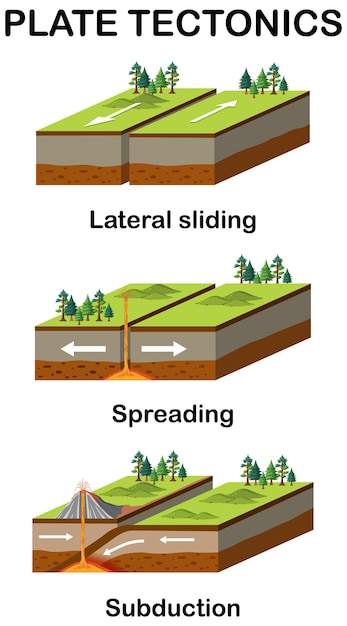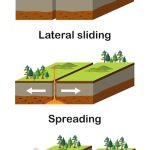
Grounding, also known as “Earthing,” is a practice that reconnects you to the Earth’s natural electric charge. By touching the ground or anything connected to it, you allow electrons from the Earth’s charge to enter your body. Your body often carries a positive charge, while the Earth has a negative one, and grounding helps balance this out.
Some scientific theories suggest that grounding can help release excess energy from your body, potentially improving overall wellness. By connecting to the Earth’s electrons, you might see benefits like reduced chronic inflammation, better immune function, and lower stress levels.
Grounding methods aim to reduce anxiety and stress by keeping you focused on the present moment. Techniques include walking barefoot on natural surfaces like grass, soil, or sand, and using grounding products like mats, straps, sheets, patches, and special footwear. These products mimic the effect of standing on the ground by connecting to a grounded electrical outlet or rod.
Regular grounding sessions can provide benefits such as a general sense of calmness, lower stress, and even reduced blood pressure. One effective technique is to move around barefoot on natural surfaces, allowing your body to absorb the Earth’s energy.
Health benefits of grounding include better nervous system function and activation of the Vagus nerve, which influences the digestive, cardiopulmonary, and respiratory systems. Grounding on natural surfaces can also improve mood, reduce stress, and lower anxiety levels.
Water sources like lakes, oceans, streams, and mineral springs are excellent for grounding due to their mineral content. Immersing yourself in water can reduce inflammation, boost energy, and enhance mental clarity. Water grounding can also regulate sleep patterns, providing deeper and more restful sleep.
For those who can’t frequently access nature, grounding devices offer a convenient alternative. These tools, connected to the Earth through electrical outlets or ground rods, provide similar benefits by allowing electrons to travel from the Earth to your body. They are particularly useful for those living in urban areas.
Research shows that high cortisol levels can deplete your energy, linking physiological stress to cortisol production. Grounding may help by increasing endurance and fighting chronic fatigue through reduced inflammation.
Inflammation leads to pain and stiffness, commonly seen in conditions like arthritis. Grounding can help reduce these symptoms by boosting white blood cell counts, speeding up healing, and providing relief from chronic pain, migraines, and other conditions.
Grounding also helps manage anxiety, flashbacks, and stress by focusing on the present and reducing negative physiological effects. It regulates cortisol levels, benefiting both mental and physical health.
Improved sleep is another benefit of grounding. It can alleviate insomnia, improve oxygen levels, and regulate your body’s natural sleep-wake cycle, enhancing overall sleep quality.
Grounding impacts blood health by reducing coagulation, which can lower cardiovascular risks. It promotes heart health by improving blood flow, reducing inflammation, and stabilizing cortisol levels.
Grounding is also connected to spiritual well-being. Practices like mindfulness and self-awareness, often combined with psychic readings, can deepen your connection to the present moment.
In summary, grounding methods help maintain a sense of balance and stability, reduce stress and anxiety, and improve overall health. Regular grounding, whether through natural interaction or using grounding devices, should be a consistent part of your daily routine for the best results.


